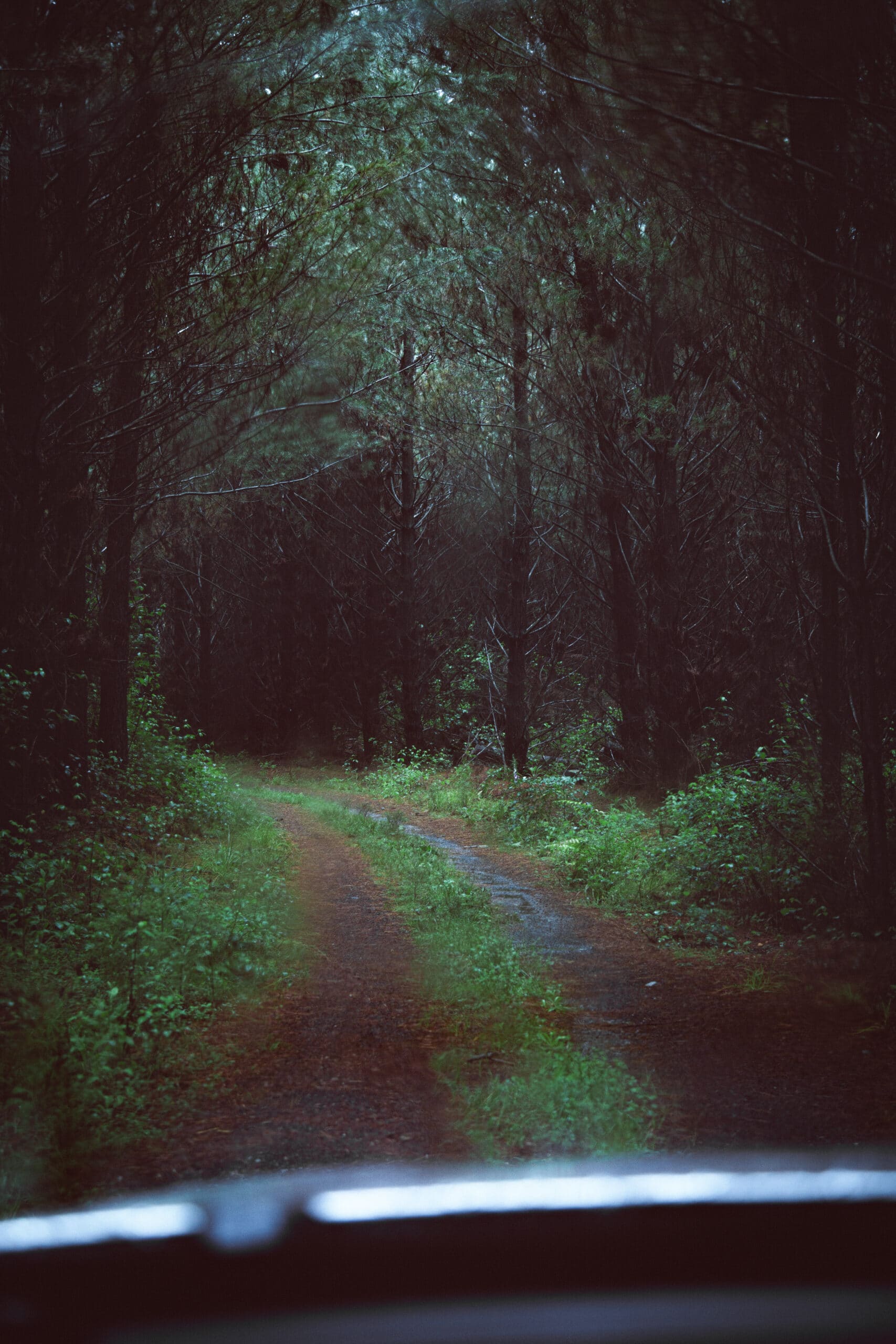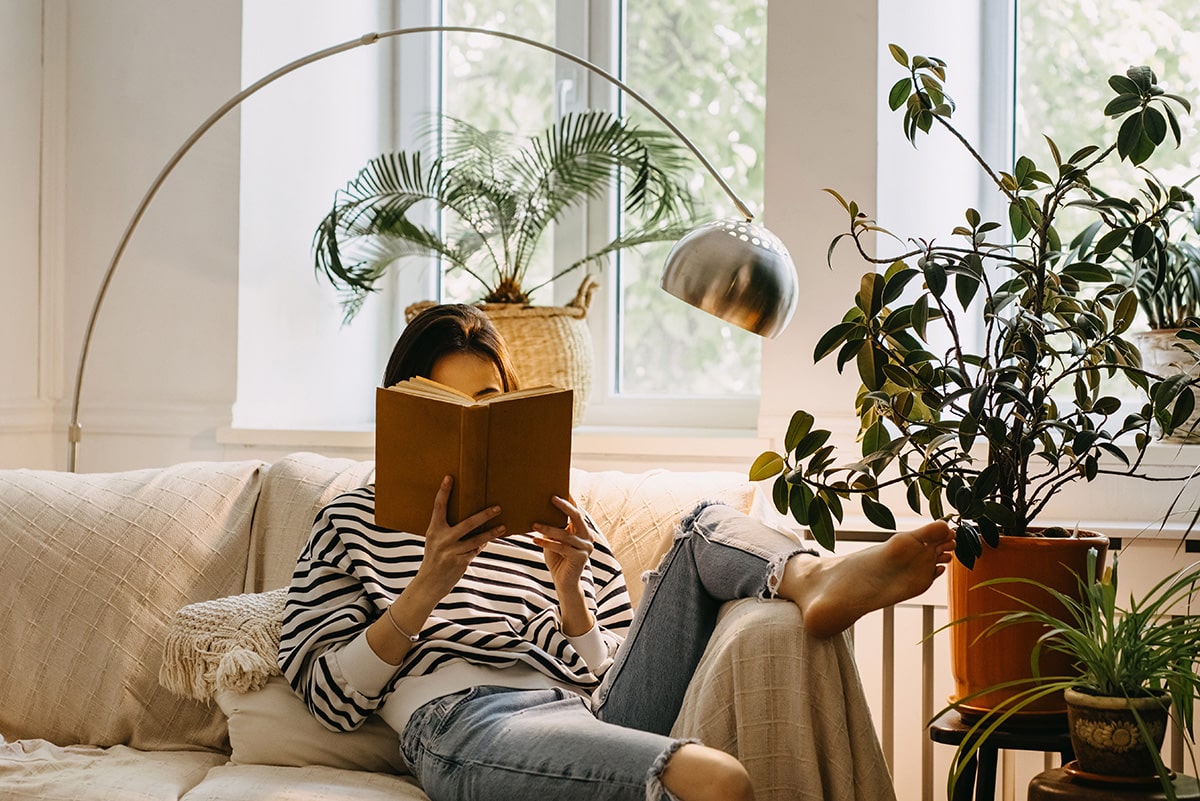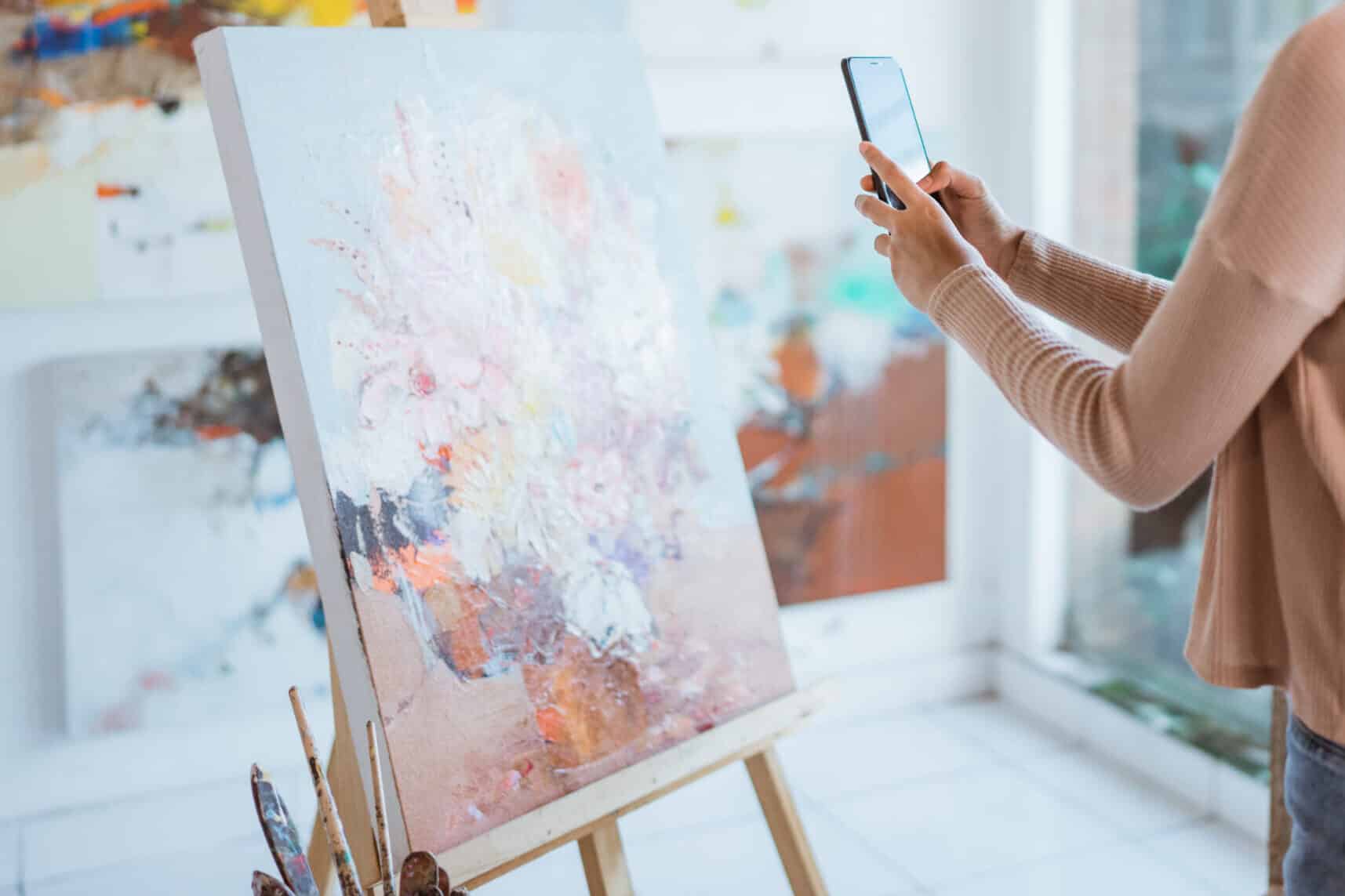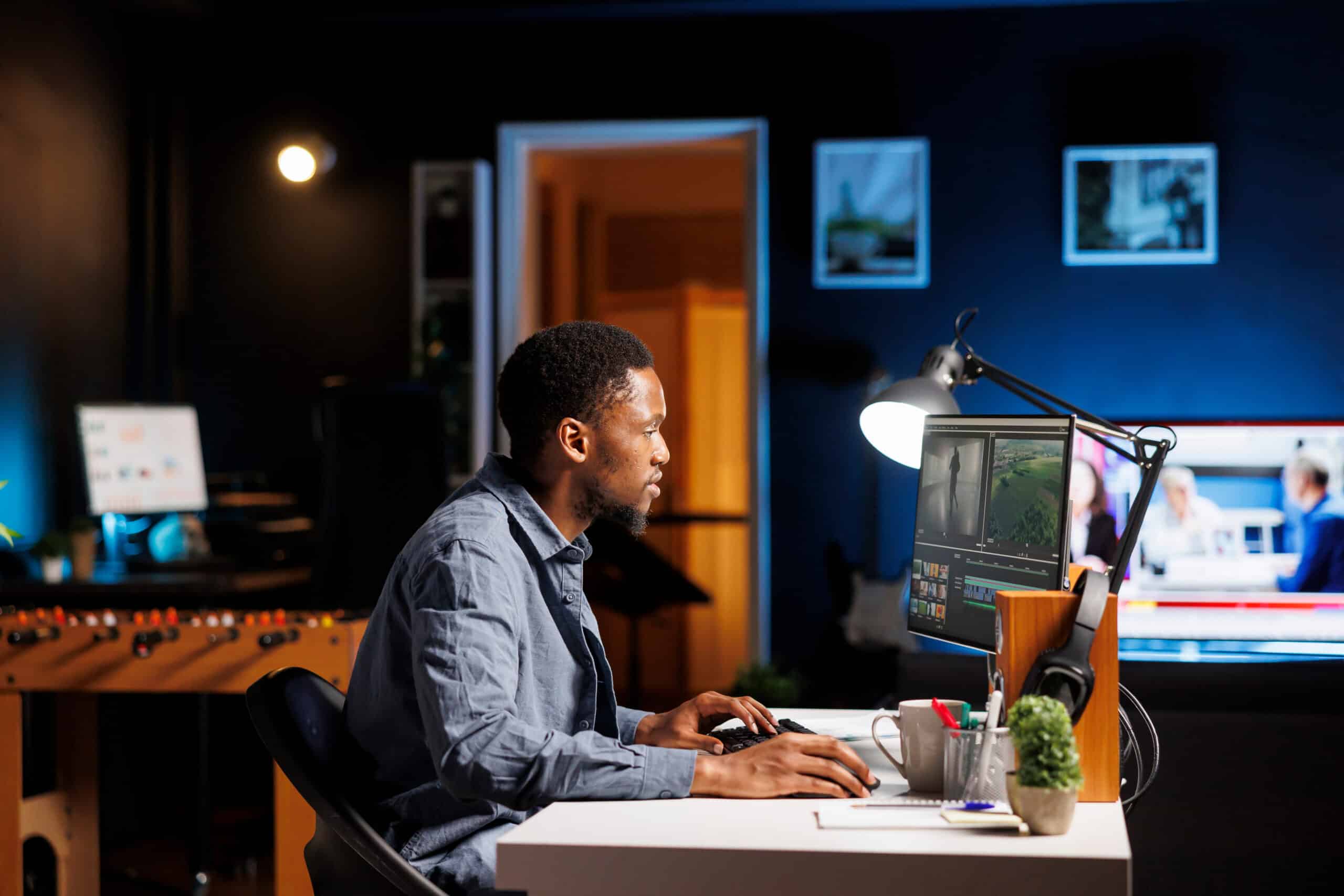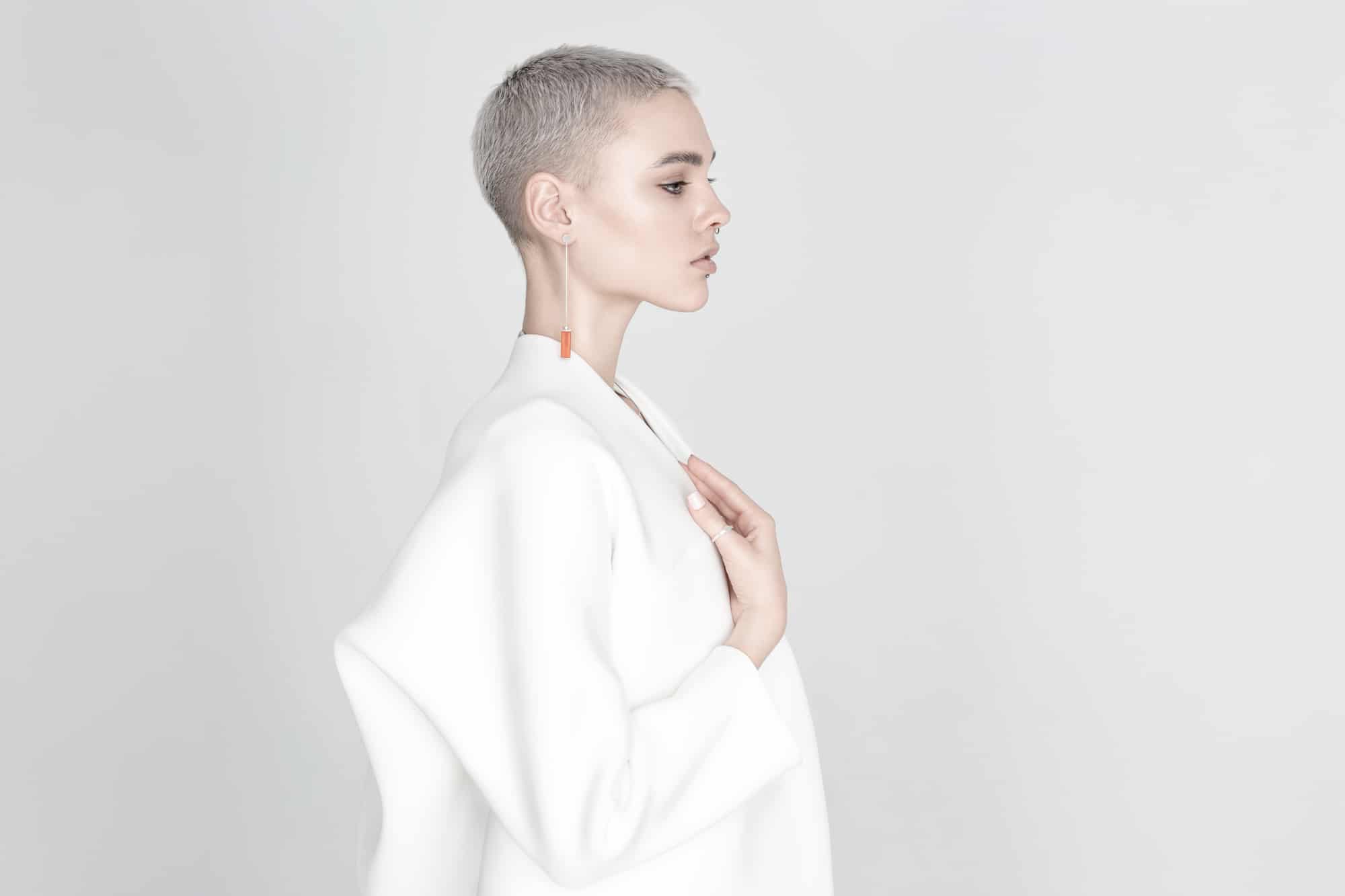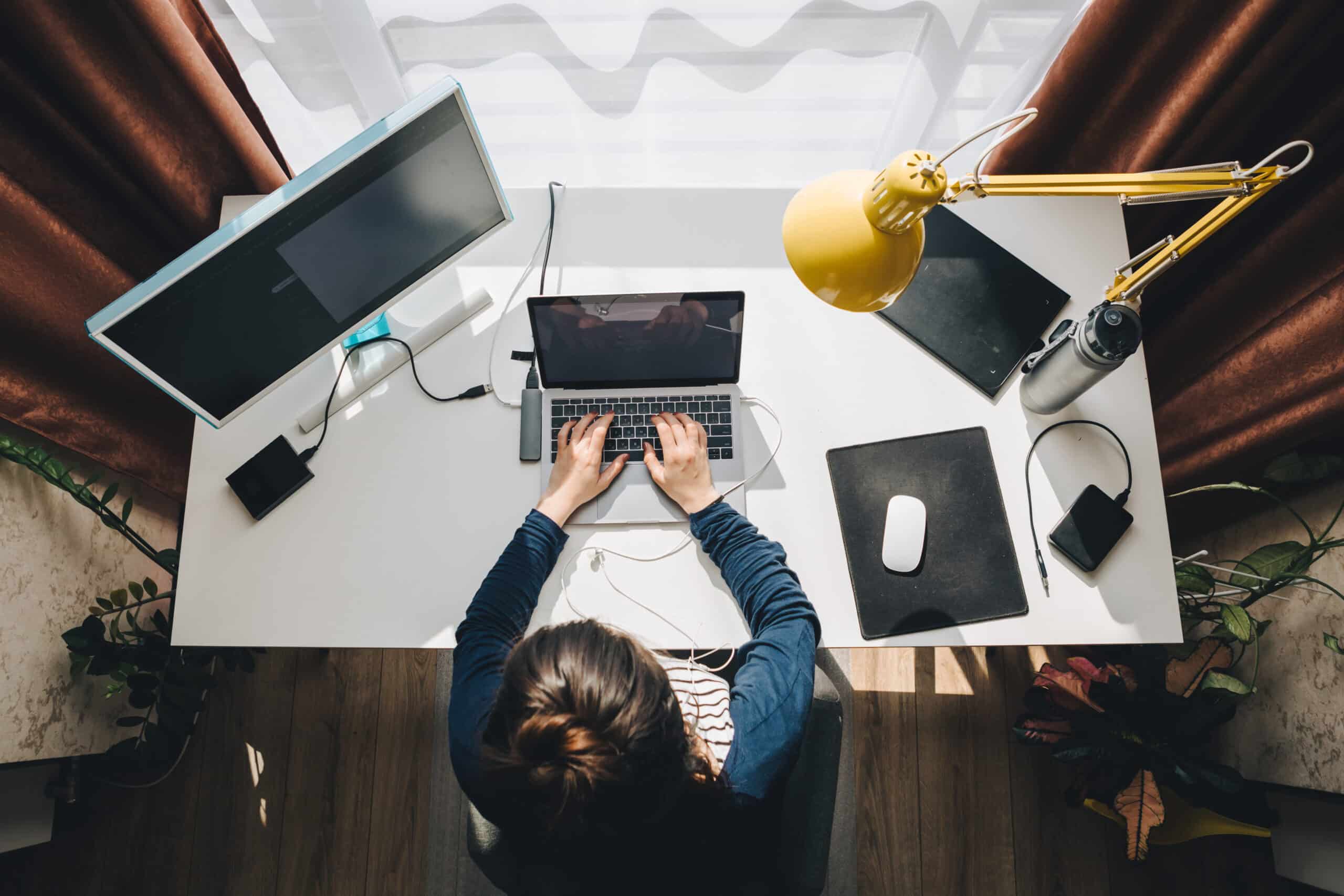Der "Nebenjob" ist in unserer immer teurer werdenden Welt oft unvermeidlich. Für Kulturschaffende, die über die Runden kommen müssen, ist der Nebenerwerb - d.h. ein zweiter (oder dritter) Job neben der kreativen Tätigkeit, um ein zusätzliches Einkommen zu erzielen - eine Notwendigkeit und kann viele auf einen unkonventionellen Arbeitsweg führen.
Seine Kunst oder sein Handwerk hauptberuflich auszuüben (und damit seinen Lebensunterhalt zu verdienen), kann eine entmutigende Vorstellung sein, besonders für diejenigen, die am Anfang ihrer Karriere stehen. Es ist nicht immer einfach, mehrere Zeitpläne, Verträge, Geld und Zeit zu managen und gleichzeitig Raum für Kreativität und Selbstfürsorge zu schaffen. Wir haben vier nebenberuflich tätige Kreative gefragt, wie sie es schaffen, dass ihre Arbeit für sie funktioniert und welche Tipps sie dabei gelernt haben.
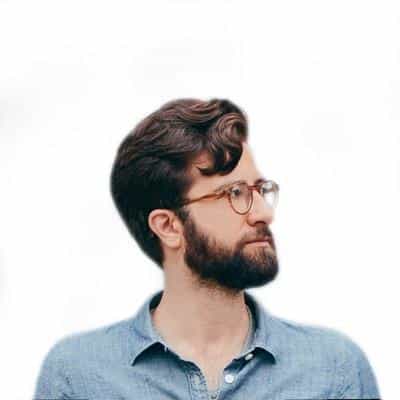
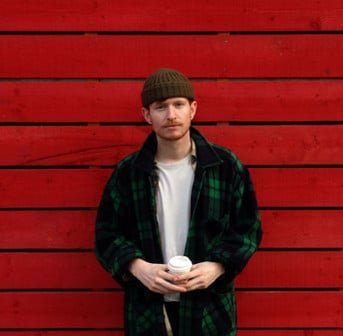
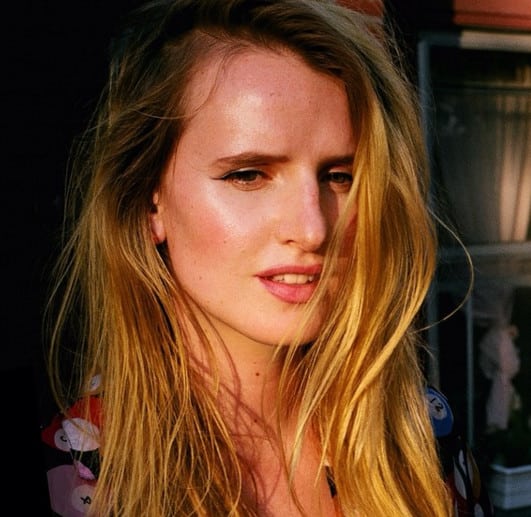
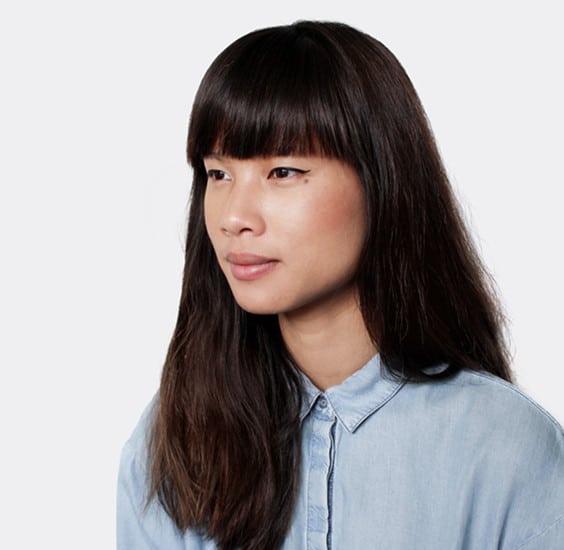
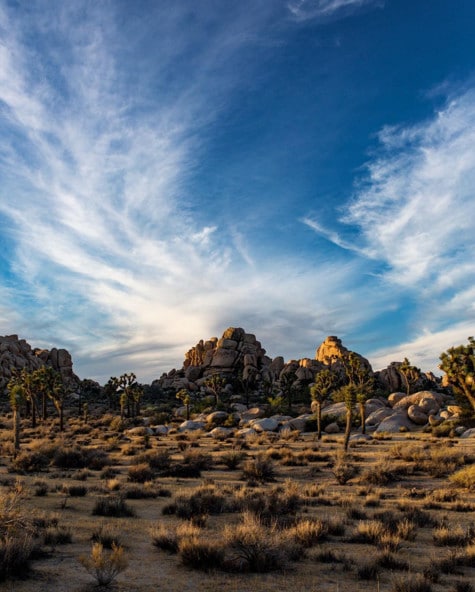
Wesley Verhoeve, Fotograf/Kurator
Ich habe keinen wirklichen Nebenjob mehr - aber ich hatte in der Vergangenheit viele. Als ich ins Berufsleben einstieg, arbeitete ich in der Musikindustrie, bei Universal und Sony Music, für verschiedene große Labels.
Da ich besessen von Musik war und sie mit anderen teilen wollte, wenn ich nicht gerade den "großen Job bei einem Plattenlabel" hatte, gründete ich nebenbei ein kleines Plattenlabel, schrieb eine Musikserie [und] startete einen Musikblog. Ich jobbte nebenbei, während ich meinen Hauptjob als Musiker ausübte, bis ich mich auf die Nebenjobs konzentrieren konnte. Schließlich habe ich mir aus sechs verschiedenen Nebenjobs einen Haupterwerb aufgebaut. Heutzutage gibt es mehr Möglichkeiten, seinen Lebensunterhalt zu bestreiten und ein Publikum für das zu finden, was man tut.
Aber warte nicht auf irgendetwas. Warte nicht darauf, dass dich jemand salbt oder dass eine große Hand aus dem Himmel kommt und sagt: "Das ist der Richtige! Warte nicht darauf, dass andere Menschen der Welt erzählen, was du tust. Du musst es selbst in die Hand nehmen.
Ich habe immer noch keine Life-Balance; ich liebe die Arbeit so sehr. Ich will nicht behaupten, dass das eine gute Idee ist, aber ich finde, wenn ich mit der Arbeit fertig bin, fängt mein Gehirn an zu denken: "Was ist mit dieser coolen Idee oder dem Foto, das ich machen kann, oder dieser Geschichte?" Das hört für mich nicht wirklich auf, ehrlich gesagt.
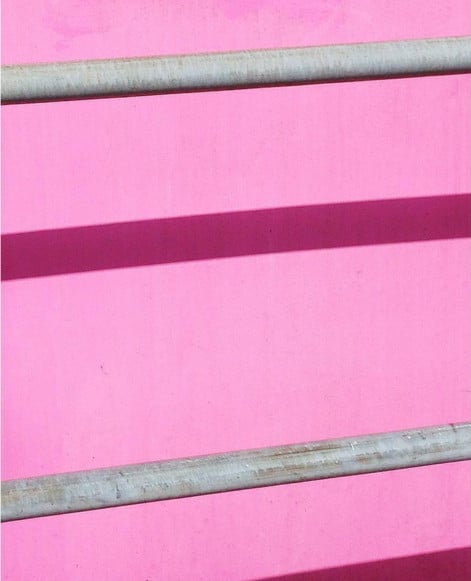
Joe Earley, Fotograf
Ich habe mit 18 Jahren angefangen zu fotografieren, aber erst mit 23 Jahren entschied ich mich für ein Kunst- und Designstudium, das ich mit einem BA in zeitgenössischer Fotografie fortsetzte. Während dieser Zeit arbeitete ich im Einzelhandel und machte hier und da ein paar private Fotojobs für andere Studenten - meistens fotografierte ich in Studios, die sie selbst eingerichtet hatten; ich machte nur die Bilder und steuerte die Beleuchtung.
[Obwohl ich mit der Schule fertig bin, fotografiere ich immer noch jeden Tag - aber jetzt ist es eher ein Hobby. Ich habe mich auf die praktische Seite [des Geschäfts] verlegt. Ich erstelle maßgeschneiderte Bücher, Portfolios und Zines für Schüler/innen, mit denen sie ihre Arbeiten für Vorstellungsgespräche, Jobs usw. präsentieren können. In gewisser Weise interessiert mich die Zukunft anderer Menschen mehr als meine eigene. Ich helfe gerne dabei, etwas Greifbares zu schaffen, in dem der Kunde seine Lieblingsarbeiten unterbringen kann. Der Prozess funktioniert in der Regel als Zusammenarbeit: Ich treffe mich mit ihnen, wir besprechen Ideen und setzen die Gedanken in einen Gegenstand um.
Ich arbeite immer noch daran, mein Nebengeschäft zu einer vollen Karriere zu machen und es zu fördern. Der Satz "Das mache ich später" hat ausgedient; am besten ist es, es einfach hier und jetzt zu tun. Leg dir ein kleines Tagebuch oder einen Wandkalender zu, in dem du immer nachsehen kannst. Achte darauf, dass das, was du tust, nie zu viel Stress wird, so dass du nicht mehr genießen kannst, was du liebst.
Letztendlich bin ich immer noch auf der Suche nach meiner Zukunft. Ich nehme jeden Tag, wie er kommt, und versuche, mein Selbstvertrauen durch diesen Prozess zu stärken.
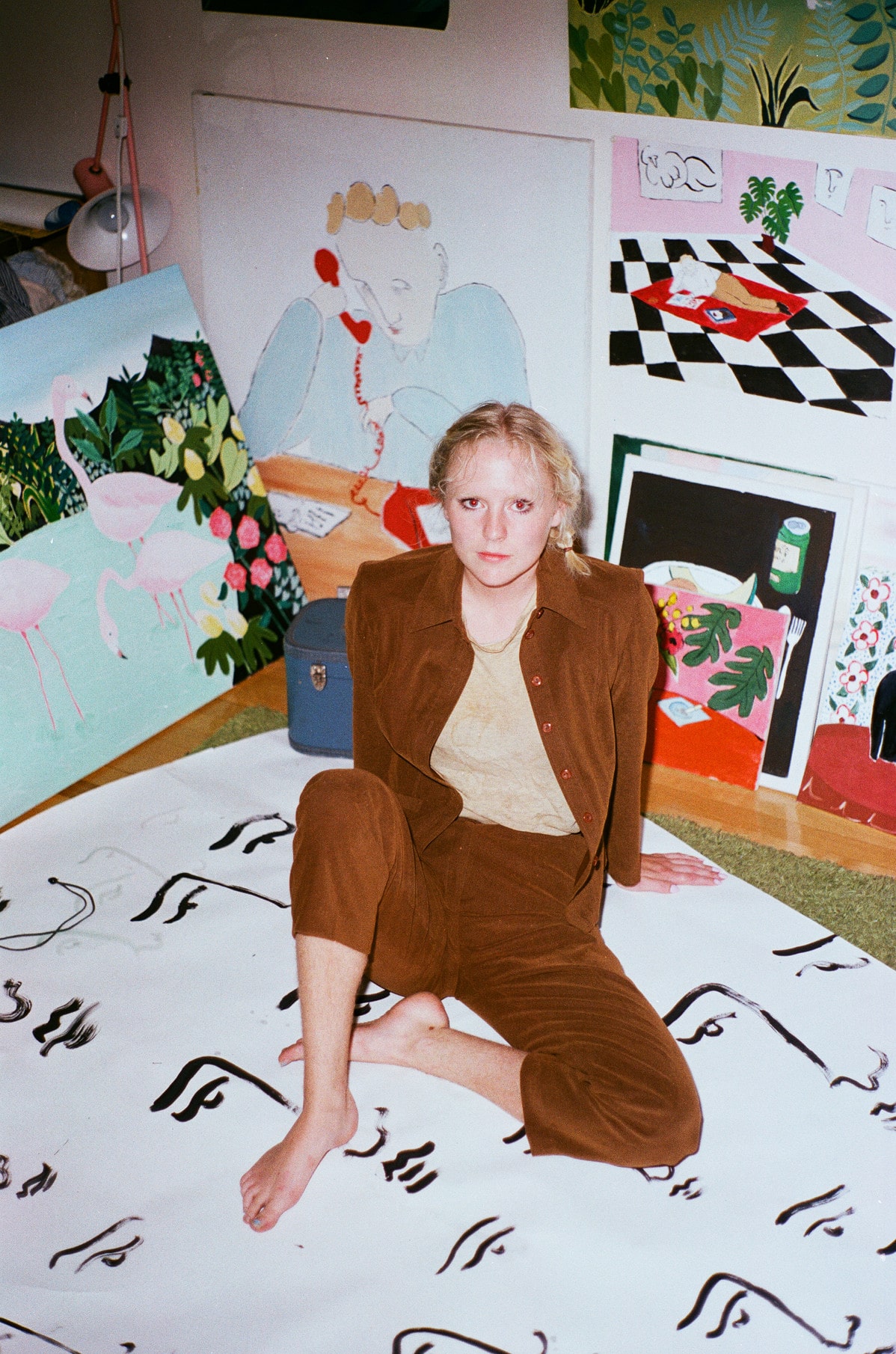
Rebecca Storm, Fotografin
Ich arbeite immer noch als Kellnerin, ein Job, den ich mittlerweile sehr hasse, aber das Geld ist gut für den geringen Arbeitsaufwand, so dass ich mehr Zeit und Ressourcen habe, um mir die Fotografie zu leisten. Manchmal schreibe ich freiberuflich oder nehme Fotoprojekte an, die mir nicht so liegen, was Spaß macht, aber auch frustrierend sein kann. Ich begreife erst jetzt, dass ich nicht zustimmen muss, umsonst zu fotografieren, und das ist ein großer Schritt für mich.
Ein paar Dinge, an die du immer denken solltest: Mach Listen und vergiss nicht, Wasser zu trinken. Sei du selbst! Manchmal ist das das Schwierigste, was man tun kann. Und sage "Ja" zu allen Projekten (außer sie sind ausbeuterisch), damit du lernst, wann du "Nein" sagen musst.
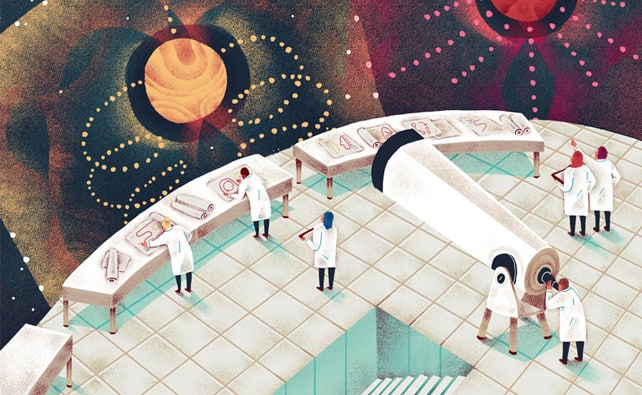
Jeannie Phan, Illustratorin
Nach meinem Abschluss an der OCAD habe ich direkt einen Job im Einzelhandel angenommen. Meine Priorität war es, irgendeinen Job zu finden, um mein Illustrationsgeschäft zu finanzieren. Irgendwann habe ich dann Vollzeit als Freelancer gearbeitet, aber eigentlich habe ich zu 70 Prozent Grafikdesign gemacht, und eigentlich wollte ich den ganzen Tag nur illustrieren. Ich würde also sagen, dass das freiberufliche Design auch mein Nebenverdienst war, während ich dazu überging, 100 Prozent der Zeit zu zeichnen, was ich jetzt glücklicherweise auch tue!
In dem Laden, in dem ich nach meinem Abschluss gearbeitet habe, herrschte eine super kreative Atmosphäre, es gab also ein paar Überschneidungen. Was ich aus diesem Job mitgenommen habe, waren allerdings eher die Aufgaben, die im Hintergrund anfallen, um ein Unternehmen zu führen, denn darum geht es ja bei der Selbstständigkeit. Meine Arbeit als Grafikdesigner hilft mir natürlich sehr bei meiner heutigen Arbeit - vor allem bei der Präsentation meiner Arbeit und der Perspektive der Designer, mit denen ich zusammenarbeite und die mich beauftragen. Es war definitiv kein schneller Prozess; ich brauchte zwei Jahre vom Abschluss bis zur Vollzeit-Illustration.
Jetzt weiß ich, wie lange ich zum Zeichnen brauche und wie lange ich brauche, um auf Ideen zu kommen. Diese Art der Vorhersehbarkeit ist für mein Zeitmanagement sehr wichtig geworden. Ich weiß, wie viel Zeit ich zum Arbeiten brauche, und was genauso wichtig ist, ich weiß auch, wie viel Zeit ich zum Ausruhen brauche. Ich bin kein Mensch, der starre Zeitpläne mag, aber ich habe gelernt, mich zumindest an eine gewisse Routine zu halten, um den Arbeitsablauf reibungslos zu gestalten. Ich benutze keine ausgefallene Kalender-App, sondern nur iCal auf meinem Desktop im Vollbildmodus. Die Übersichtlichkeit und die Möglichkeit, alles per Drag & Drop zu verschieben, machen mir das Leben leichter.
Jeder muss nebenbei arbeiten, und viele Berufstätige haben immer noch diese Nebenjobs. Deshalb würde ich als Erstes sagen, dass du dir keine Sorgen machen musst, dass du nicht direkt in eine Vollzeitbeschäftigung einsteigst. Ich empfehle dir sogar, dass dein Nebenjob nichts mit Kreativität zu tun hat, damit du deine ganze Energie in dein Handwerk stecken kannst. Obwohl mein Nebenjob im kreativen Einzelhandel seine Vorteile hatte, war ich nach den Schichten ausgelaugt, weil meine kreativen Säfte für den Tag aufgebraucht waren.
Ich habe zwar immer noch Probleme mit der Work-Life-Balance, aber im letzten Jahr ist es definitiv besser geworden. Ich bin ein typischer Überarbeiter, aber ich weiß, dass es genauso wichtig ist, sich auszuruhen und sich mit Freunden zu treffen. Ich habe herausgefunden, dass die E-Mail-Benachrichtigungen der Hauptgrund für meine Überarbeitung waren, da sie mir das Gefühl gaben, rund um die Uhr im Einsatz zu sein, also gibt es jetzt Zeiten am Tag, in denen ich sie einfach nicht abrufe und mich stattdessen auf "meine Zeit" konzentriere.
So lahm es auch klingt, es funktioniert auch bei mir, wenn ich mich mit Freunden treffe, so wie ich auch Aufgaben erledigen würde. @jeanniephan




